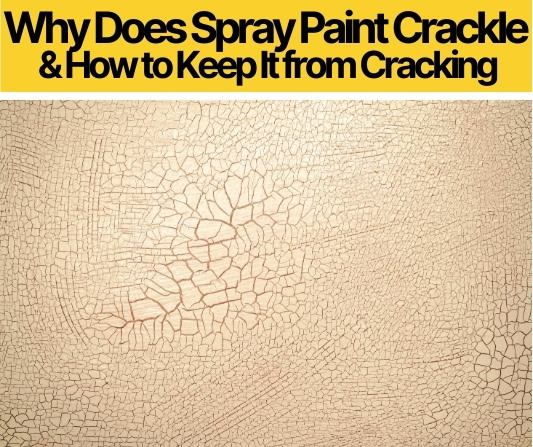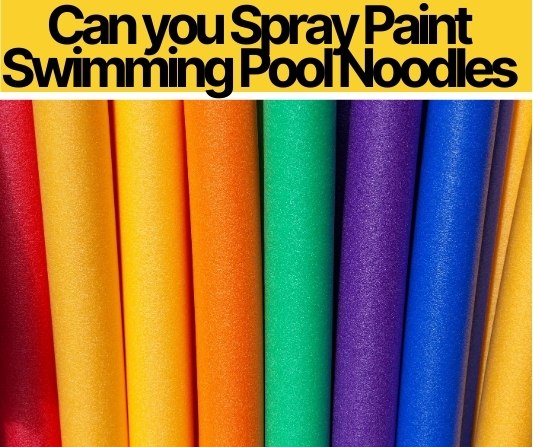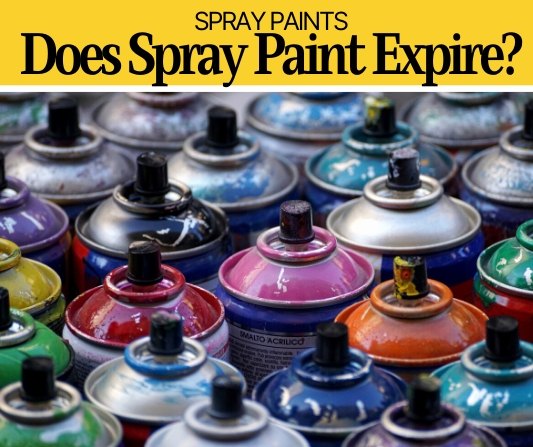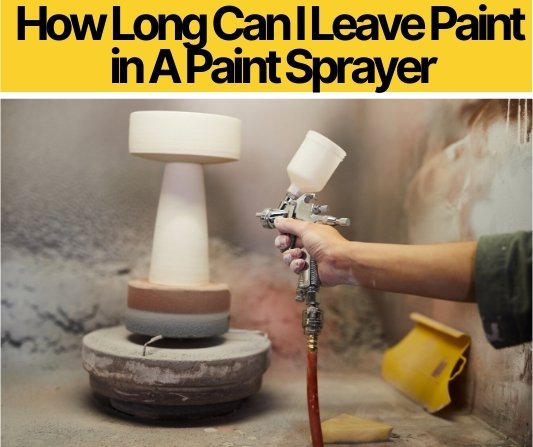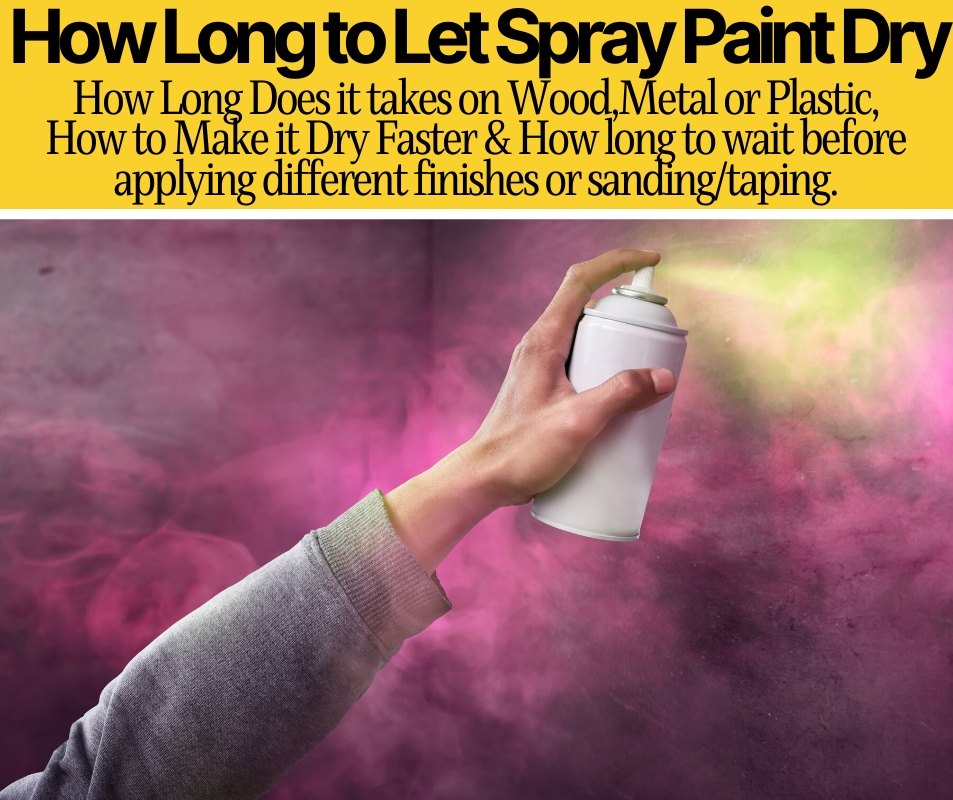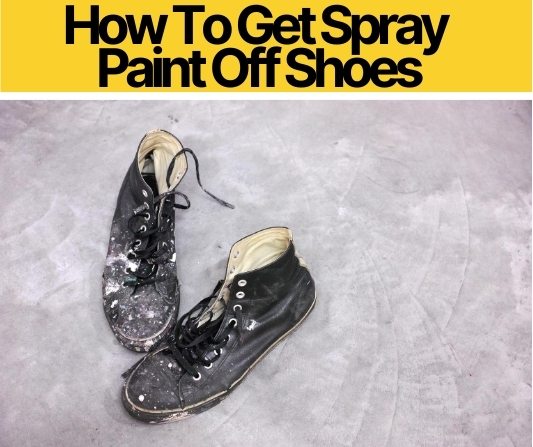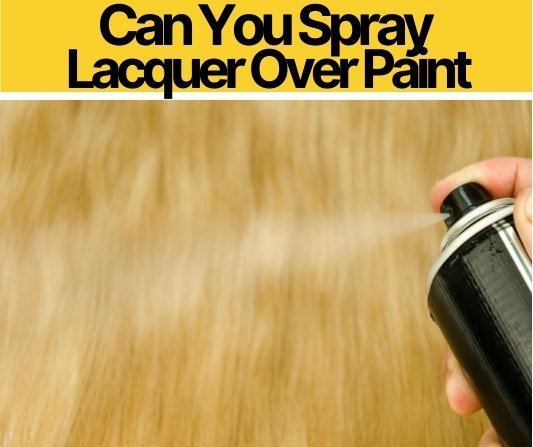 Are you wondering how you could get that smooth glossy finish every time you paint?
Are you wondering how you could get that smooth glossy finish every time you paint?
Lacquer could come in handy, however there are some paints you should NOT spray lacquer over.
In this article, I’ll cover how lacquer affects your paint and how to avoid ruining your hard work.
Not only that, I will also explain if you can spray lacquer over different finishes such as stain,varnish or shellac.
Can you spray lacquer over paint?
You can Spray Lacquer over paint, however, it requires care and caution otherwise you would be ruining your paint job that you put so much time and effort into. The lacquer is usually made with a little amount of paint thinner which would thin out the coat and expose the layer underneath.
There are two popular ways to apply lacquer while maintaining the paint. The first method is to slowly spray onto the surface. You should be more distanced as you want to be at the furthest distance where the paint sprayer can still spray paint the object. The second method is spraying shellac before applying the lacquer. Shellac functions as a primer and protects the coat of paint from thinning out. Most of the time you are going to want to wait until the paint dries completely before even applying lacquer.
When you do apply lacquer onto the surface, it takes around 30 minutes to dry but around 48 hours to cure completely so you must plan accordingly when getting to this step. It is important to identify what type of paint you are planning to apply the lacquer over as things can get messy really fast. Side effects include either weakening the strength of the paint causing it to lift off the surface, or having the lacquer mix with the paint creating an ugly color.
In this article, I’ll cover what happens if you spray the lacquer on specific types of paints and recommend another product if it does more harm than good.

Chalk paint
Lacquer can be sprayed over chalk paint. In fact, I highly recommend Annie Sloan’s chalk paint lacquer as it is designed specifically for chalk paints. It is always important to have test pieces whenever you’re painting so that you know what to expect. Since this lacquer will be water-based, it is extremely important that you never use this over a waxed floor, water and oil do not mix and you’ll up end up with a lot of peeling as if you got sunburnt so hard that your skin went beyond red. When performing the first coat, you should add additional water (roughly 10% more) to your mixture to create a smooth layering by the time you paint consecutive coats. Never stop painting halfway through otherwise you will see the distinction between the layers, sort of like painting a wall blue on a white canvas; you will see the seam.
Gloss paint
Without any protection layer, you’ll end up with paint cracks. Anytime you plan to use lacquer over gloss paint make sure to have some shellac in hand. You will need to apply the shellac first before finishing off with lacquer. Normally, you would use a paintbrush for this but if you have a huge surface area to paint, you can prepare a gallon of shellac by mixing 1 pound of shellac flakes with 1 gallon of alcohol. It is best to use an HVLP sprayer for this job as you will need more precision to ensure that the area of gloss paint is covered evenly with shellac. I recommend Zinesser’s bullseye shellac to get the job done.
Oil-based paint
This is by far the worst combination you can ever think of. If you thought lacquer over gloss paint was bad, just wait until you see how ugly this one can be. Oil paint is the complete opposite of lacquer so I do not recommend spraying lacquer over this paint. If you choose to ignore my warning, it can still be accomplished like the same way you approach spraying over gloss paint otherwise you would have to wait for a few months to spray bare lacquer over oil paint. Your paint will be prone to more scratches as the lacquer weakens the sheen of the oil-based paint.
Water-based paint
Yes, but you will have to determine if the sheen is shiny or flat. You can tell once the paint is completely dry if it reflects a little bit or is really shiny then its sheen is shiny. If your paint has a flat sheen, then, by all means, you can go all out on the lacquer. If that is not the case then you must abide by the shellac rules mentioned in the gloss paint section.
Acrylic paint
Lacquer actually compliments acrylic paint altogether. You do not need to worry about the paint thinning up when dealing with acrylic paint. Acrylic paint only wears out when exposed to extreme temperatures and humidity. Nitrocellulose lacquer is recommended when dealing with this type of paint, the spray canister from StewMac will do just fine. Even though it says guitar lacquer, it will work on all wood surfaces and surfaces with acrylic paint over it. The only downside is that lacquer tends to turn yellow over time, which might dull your paint a little bit but overall it takes a very long time to get to that stage.
Enamel
This scenario is kind of like a hit or miss, you may find that lacquer doesn’t damage the enamel or you can literally see the enamel lifting off the surface when you apply the lacquer. The best way to find out is through test strips. However, if you swap the order of it then is it 100% completely fine. I have heard from people that all they needed to do is let the enamel sit for half a year minimum and then begin spraying very light coats of lacquer before going at it full strength. The other alternative is stripping the enamel and replacing it with something more compatible with lacquer such as acrylic.
Cellulose paint
It is possible to but you must use an acrylic lacquer only otherwise you risk damaging the cellulose paint. The good thing about cellulose paint is that it is porous and easy to correct if you mess up during the painting process. Its properties make it very hard to work with if it is not the last layer you are painting. Cellulose lacquer will also work in this situation and as always, spray a few light coats before going all out.
Spray paint
Lacquer tends to thin out the spray paint so it is best to use this with shellac if you plan to preserve the coating of the spray paint. I recommend using a brush instead of spray for the lacquer portion as it will yield a better chance of a smooth and glossy finish.
Spraying lacquer over different finishes
Like how lacquer affects different types of paint, the same goes for these types of finishes. I’ll cover the effects and whether you should avoid using lacquer on these finishes.
Over stain
Lacquer can only be used in water-based stains and not oil-based stains. The reason is the same for all the different types of paints that I mentioned earlier, the solvent in lacquers will dissolve the stain if it is oil-based. I recommend using Minwax clear aerosol lacquer if you are dealing with stains as it dries in half an hour and does not require sanding in between the coatings. If you have no choice but to use oil-based stains, then I recommend giving it at least 10 days or curing before you apply any lacquer to the stain
Over varnish
Lacquer on varnish is like Russian roulette, it might work or it might not work. This is due to some varnishes being incompatible with the lacquer. You can perform a test strip to see if the lacquer damages the varnish. If it doesn’t then you may proceed as planned. However, if do you see some paint damages or do not want to take any risks with your paint, using a shellac coating on the varnish before applying lacquer is the way to go.
Over urethane
The same thing with varnish, it can destroy the paint or preserve it really well. Time is your best friend here as the longer you wait for the urethane to set, the higher chances of succeeding. If you cannot afford to wait weeks then proceed with shellac then lacquer. Remember to spray lightly in order to not overpower the paint.
Over shellac
100% hands down as this is what I have been recommending throughout the whole article if you have to mix lacquer with incompatible paints. The reason why this works is that the shellac can latch on to almost any paint-covered surface and the lacquer can easily attach to the shellac, making it your universal paint glue.
Epoxy resin
You can spray lacquer without any shellac on epoxy resin but you will need to make sure the surface is textured before you apply any lacquer. You can create texture on the surface by sanding with multiple types of grit. I recommend using wet sandpaper and starting off from 500 grit to 2000 grit before applying lacquer.

